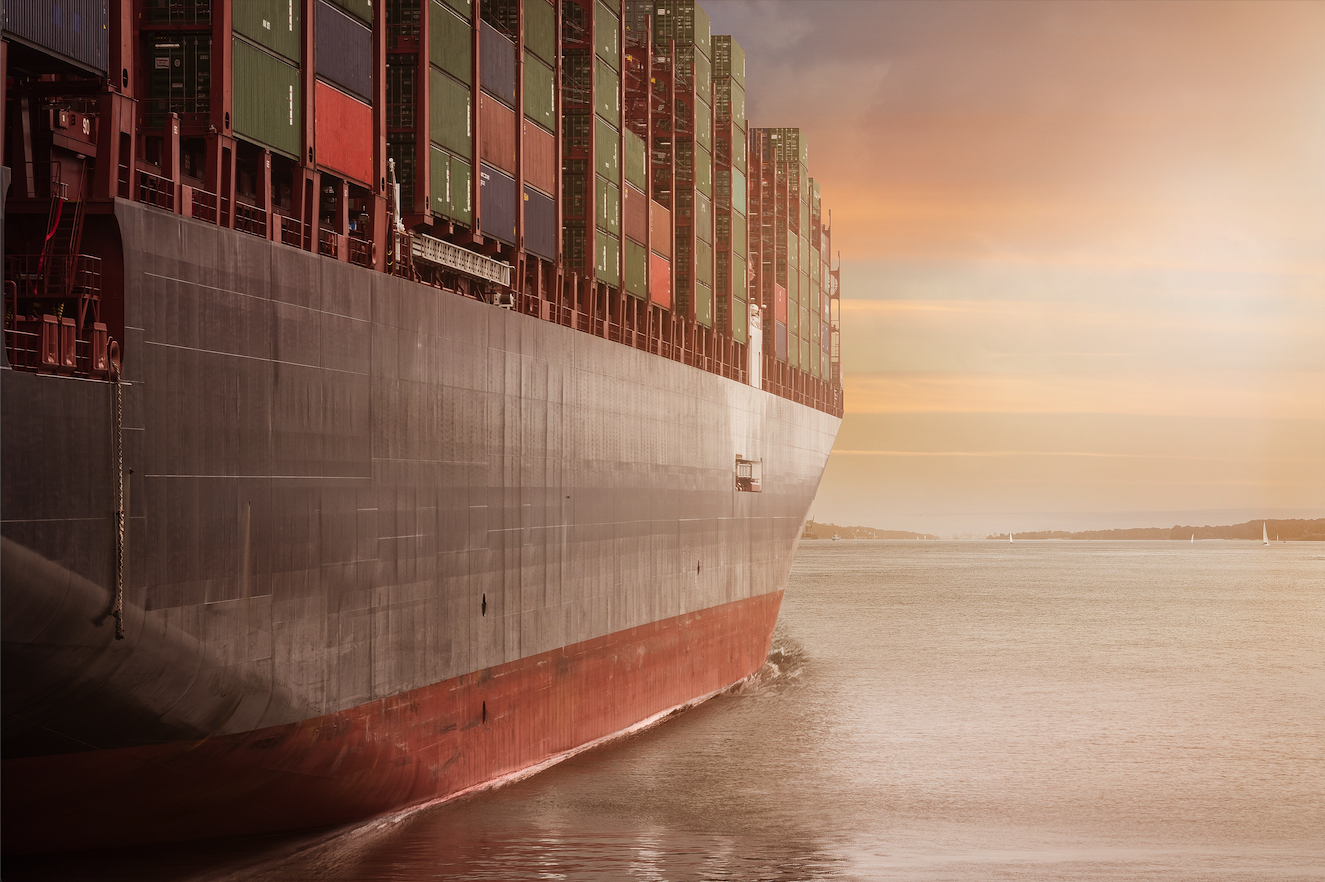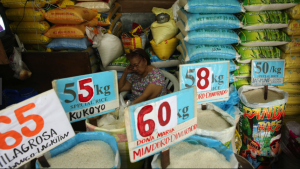Asteria Lending Inc. Unit 306 3/F 6762 National Life Insurance Bldg. San Lorenzo, Ayala Ave. Makati City
We’re Open: Mondays – Fridays
Office Hours:
9:00 am – 7:00 pm
Email:
[email protected]


Imports expanded by 26.1%, sustaining a double-digit expansion while exports from the country contracted by roughly 2.6% within the same year. The general import growth was attributed to three main areas which are; capital equipment, oil, and raw materials. Oil bill grew the fastest, at 23.4%, while capital equipment grew at about 16.4%. Raw material imports grew at a rate of 15.9%.
There has been an increase across all the import sub-sectors in 2018, with an increase in demands. Despite a reduction by about 10.3% in consumer car import, consumer goods posted a 22.2% increase, in the month of September alone. Export of electronics from the Philippines accounted for over 58% of the total export bill. The growth in export of electronics could not offset the 10.9% drop in the export of all other product categories.
Imports are sustaining growth despite a weaker Peso
The trade deficit of $3.93 billion, recorded in the month of September shows that the Philippine current account will remain in “red” for a while. It is also projected that import of raw materials and capitals into the country will not slow down, anytime soon, especially with the fueling of the economy by such imports. Most raw materials imported are for construction, these include steel, Iron and non-ferrous metals- these raw materials posted a growth of 42.4% in the month of September. The growth in the importation of raw materials shows the aggressive buildings of private and commercial enterprises in the country.
The 9-month trade deficit of $29.91 billion in 2018 is more than 70% wider than the deficit recorded in the same month of the year 2017. Despite the devaluation of the Peso, exports continue to weaken recording a 2.6% fall in the month of September. It is believed that the weaker Peso might have contributed to inflated importation, which means more expensive imported products are passed on unto the consumers.
There is no cause for alarm because an increase in import growth signifies a healthy and expanding economy, but the slower exports have remained the missing link to sustaining such a robust growth. The current account of the government of Philippine will likely remain in negative while the Philippine Peso is optimistic of a growth during the festive season spending by consumers.
A breakdown of import and export in the year 2018
Looking at the 2018 records for exports from the Philippine, the greatest gainers were; Coconut oil, electronic products, Metal components, and electronic equipment with parts. Coconut oil export seems to be the highest gainer by September 2018, contributing a total of 15.7% to the total export. Metal components made up about 14.8%, electronic products contributed 13.5%, while electronic equipment with parts contributed 5.9% to the total export value from the Philippine within the same time. Other manufactured goods exported from the country, contributed about 0.8% of the total export, while machinery and transport equipment, contributed about 0.1% to the total export.
Looking at the top export losers, within the same period of time, the export of mineral products was believed to have contracted by a whopping 56.6%, while chemical exports also contracted by 34.3% within the same time. Export of wiring sets (including vehicle ignition wiring set), aircraft, and ship wiring sets, were believed to have contracted by 23.7%. export of Fresh Banana from the Philippine contracted by about 2.4% within the same time.
One of the main gains for the Philippines in 2018 is that the export of manufactured goods from the country had grown 3.2%. This may seem to be low at the moment but current expansion will eventually push the export volume up significantly, in the coming years.
The export of manufactured goods from the Philippines accounted for 85.1% of the total exports by June 2018, which was valued at $4.85 billion which is an increment of 3.2% when compared to the $4.7 billion recorded at the same time in 2017. Export of Agro-allied products suffered one of the biggest contractions in 2018, with a decline of 4.9% by June 2018 (Agro -allied products currently enjoy a share of about 7.4% of the total export value). Similarly, the export of mineral products also contracted by a whopping 4.5% which means it contracted by about 38% since 2017.
Exports of forest products from the Philippines contracted by about 0.4% but increased significantly by 86% from 2017. The export of petroleum products grew by 5.6% to $24.12 million since June 2017.
Perhaps, another good news for the Philippines is that its main business partner- Hong Kong has increased its import of goods from the Philippines. Hong Kong is responsible for about $4.77 billion or 15.8% of the share of total exports from the Philippines in 2018, the United States of America comes second with a total export of 15.5% of the total value of exports as at June 2018. At 13.9% of the total share of exports, Japan comes third as a top business partner of the Philippines. Exports to Japan have gone down by about 31.8% since 2017, from the $1.16 billion, within the same time last year.
The People’s republic of China is the fourth largest export trading partner of the Philippines by volume. Exports to China in 2018 accounted for roughly 12.8% of total exports in the year. This figure has gone up by over 14% of the total export value around the same time in 2017. Other countries included in the top 10 countries for exports from Philippine are; Singapore (accounts for 6.4%), Germany, Thailand, Netherlands, Taiwan, and South Korea.
Financial experts have predicted a tremendous growth in exports from the Philippine in the coming years, especially of the rate of expansion and manufacture of goods and services are sustained at this level, and if the Peso regains its momentum.